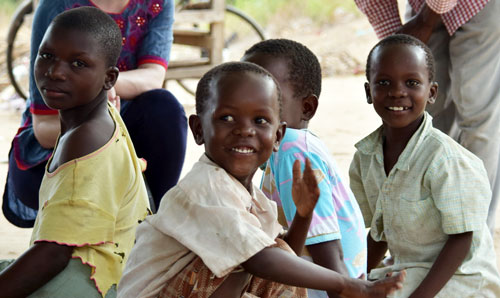Everyday peace indicators
Most indicators of peace, development, and reconstruction are top-down designed and identified by international organisations and political leaders in New York, London, or Geneva.
Surveys are 'done to' war-affected communities, turning local people from war-affected areas into sources of data or survey enumerators. Top-down indicators often rely on national-level statistics that bear little relation to the lived experience of conflict. They risk subsuming local experiences into a national story.
International collaboration

The everyday peace indicators project is a collaboration between:
- The University of Notre Dame (US)
- The Institute for Justice and Reconciliation (South Africa)
- The University of Manchester (UK)
It aims to investigate alternative, bottom-up indicators of peace. Funded by the Carnegie Corporation of New York, the project operates in four sub-Saharan countries: South Africa, Zimbabwe, Uganda and South Sudan.
Taking its cue from studies in sustainable development, the project asks community members to identify their own measures of peace. It is based on the premise that local communities are best placed to identify changes in their own circumstances, rather than relying on external 'experts' to identify indicators for them.
View more at the official website of the Everyday Peace Indicators project:
